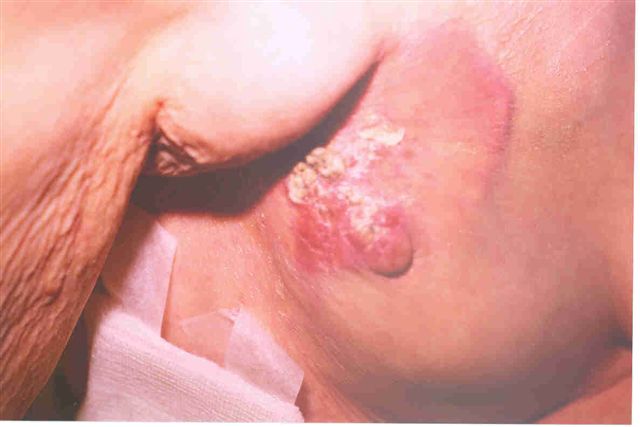Christmas is here. That means one more year is gone.
Each year is interesting in its own way. There are many things one can look back on and be grateful about. Equally, there are many things we can look back on and whine about. Sometimes the glass is half full and sometimes it is half empty. And sometimes the glass isnt there.
But the spirit of Christmas is always there. I find that so wonderful. So many people put in so much effort to make the occasion a happy one. There is something for everyone. Especially for people who are disadvantaged and marginalized in our affluent society. Christmas brings cheers for them as well.
For the last 35 years I have lived in Britain and Canada. And I have been part of Christmas celebrations with families I have come to know over the years. That means I take the arrival of Christmas for granted without knowing the real significance of why so many Christians put in so much money and time in celebrating this event.
To educate myself I went on the Internet to learn more about Christmas. I found a site called HowStuffWorks (www.howstuffworks.com). Here is what I learnt:
There are about 1.8 billion Christians in a total world population of 5.5 billion, making it the largest religion worldwide.
The word Christmas comes from the words Cristes maesse, or “Christ’s Mass.” Most historians peg the first celebration of Christmas to Rome in 336 A.D. Christmas was largely a non-event in America until the 1860s.
The tradition of gifts seems to have started with the gifts that the wise men (the Magi) brought to Jesus. No one was really in the habit of exchanging elaborate gifts until late in the 1800s.
Is December 25 really the day Jesus was born? No one really knows. What is known is that Christian leaders in 336 A.D. set the date to December 25 in an attempt to eclipse a popular pagan holiday in Rome that celebrated the winter solstice. Originally, the celebration of Christmas involved a simple mass.
Placing of a small evergreen tree in living room is a German tradition, started as early as 700 A.D.
Mistletoe has apparently been used as a decoration in houses for thousands of years and is also associated with many pagan rituals. Mistletoe was banned in churches throughout the Middle Ages. Hanging of mistletoe over the front door is a Scandinavian tradition for goddess of love (Frigga).
There are many other traditions associated with Christmas. It is hard to explain each tradition in detail in the limited space here but they are worth mentioning: placing of log in the fire place, putting poinsettias on the hearth, fruitcakes saturated with alcoholic liquors (nobody knows how they got attached to Christmas), hanging of oversized socks on the mantel, exchanging of Christmas cards, listening to same Christmas songs over and over again, 12 days of Christmas, singing of Christmas carols in the neighborhood, celebration of Christmas eve, characterization of Santa as a short, fat and jolly pipe smoker who wears outlandish clothes, reindeer named Rudolf, nativity scene etc.
Well, again, what do I know about Christmas to preach to the converted? But I know one thing for sure – it is indeed fun to be part of Christmas celebrations. And I am happy to enjoy the holiday season with my friends and family.
Let me wish you all Merry Christmas, happy and safe holiday season and Happy New Year. See you next year!
Start reading the preview of my book A Doctor's Journey for free on Amazon. Available on Kindle for $2.99!
